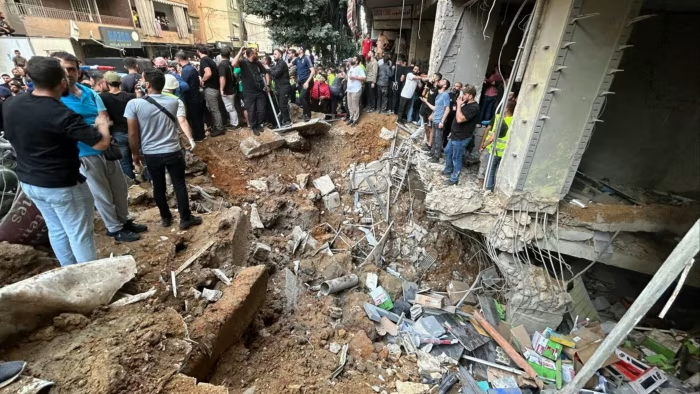Yemen revolution at the height of the Arab Spring was no exception considering the democratic condition. As like UAE, Saudi Arabia intervened to secure control over Yemen, but prepared the condition for a bloody war.
In the first part of this script, we talked about the democratic developments in the Arab world during the 2010s. With all discrepancies, all these national uprising were described as the Arab Spring.
In the second part, we will go through the events the led to a disastrous outcome out of a popular uprising in Yemen. Yemen war is the result of foreign intervention in a local national revolution. The practice worked in UAE but harshly failed in Yemen and turned into a national disaster.
Yemen Revolution is usually reduced as the Houthi seizure of the country. This is while the influence of the Arab Spring is visible in the quality and dimensions of the revolutionary movements in Yemen. Like all other Arab Spring movements, a slew of unaddressed concerns stemming from prior clashes between the opposition and the ruling class ignited the uprising.
Yemen experienced similar dictatorship in comparison with other Arab nations. Following 2011 revolution which transferred the reign from Ali Abdullah Saleh, Yemen went through everything but democracy. Hadi received power as an interim president, while a fake presidential election only saw him as candidate.
Hadi maintained a great part of the old regime and no significant structural transformation realized. As such, the country remained under Riyadh’s influence. His initiative to divide Yemen into 6 zone in early 2014, however, received fierce rejection from the Houthi strongholds across the country. The Houthi movement gained control of the capital, with little opposition, due to the assistance of the country’s military.
Yemen War
Hadi officially quit his job as president in 2015 and fled to Saudi Arabia, where Yemen governance had actually been stationed ever since. The Saudi-led coalition launched an all-out campaign to attack Yemeni cities in a war that left thousands dead and millions displaced.
Saudi-led coalition launched an all-out campaign to attack Yemeni cities in a war that left thousands dead and millions displaced.
Nevertheless, Saudi Arabia’s attempt to destabilize the Houthi control over Yemen backfired. Each and Every bomb shell by Saudi Arabia reinforced unifying soul between Yemeni people and Houthi defenders.
Yemen revolution is far from faultless and has secured no universal acknowledgement. It’s, by the way, a revolution in formation considering the fact that the southern region is already a battleground between Saudi military campaign and the Southern Transitional Council under UAE support.
Nonetheless, the joint Houthi military forces have stated their intention to free Aden in the South and other regions. Their current focus, albeit, is Marib where the last surviving pro-government foothold exists. Continuing threat by Al-Qaeda and ISIS may also keep providing a significant safety issue in the near future.
This upheaval of regional security, proclivity for exporting ideologies across borders, and the perception that Yemen is struggling to be a democratic state are all aspects that makes yemen a new side of the Arab Spring. It is, by the way, alone in receiving punishment for revolution. A similar case occurred with Iran after in 1979 revolution. The country faced a bloody long-time invasion by the neighboring Iraq, only for the revolution.
Yemen war is the result of a fear. Power structures attempt to take hold on authority by diminishing potential threats. Saudi invasion was an attempt to contain threat of further transmission of Arab Spring to Riyadh, Doha, or elsewhere.








